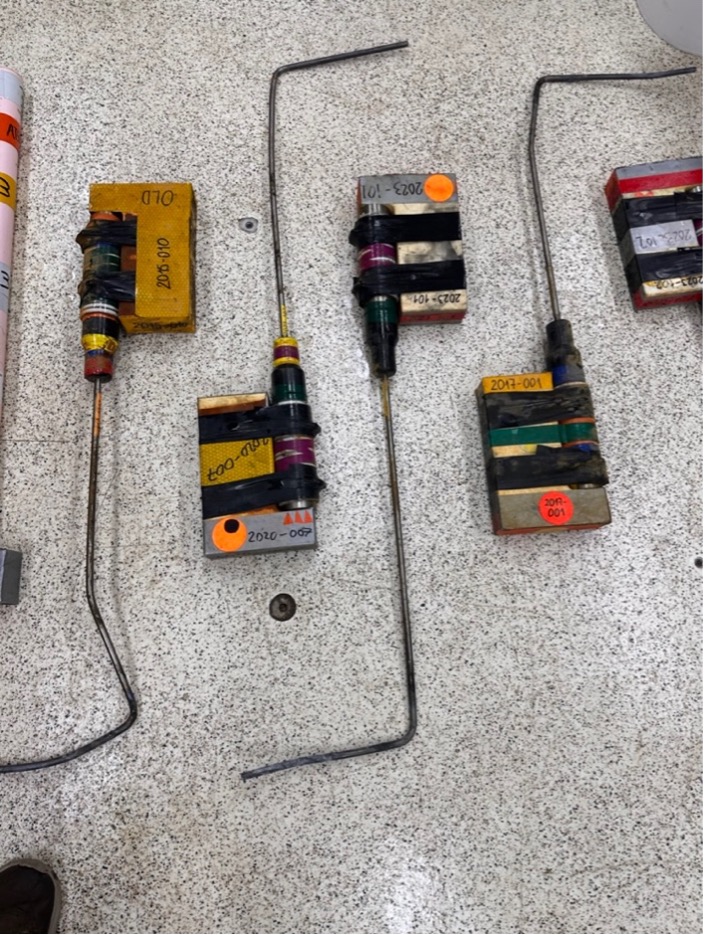MISO-EPO High Temperature Vent Fluid Loggers
The WHOI-MISO Facility, through past funding from WHOI internal grants, and most recently the National Science Foundation's Oceanographic Facilities and Instrumentation Program, has designed and produced self-recording, high-temperature (high-T), deep-sea hydrothermal vent fluid loggers for use in short- and long-term deployments by scientists in the US and international oceanographic community. These vent fluid loggers have been developed and improved upon over the past 25 years by Dan Fornari and research collaborators (primarily T. Barreyre - U. Brest, CNRS, France), and WHOI engineers through the WHOI-MISO Facility.
These instruments have provided the longest time series records of mid-ocean ridge (MOR) hydrothermal vent fluid temperatures, and key information that enhances understanding of hydrothermal fluid flow processes, linkages to magmatism and tectonism at mid-ocean ridge study sites, and shallow ocean crustal permeability.
The new model MISO high-T loggers are now manufactured by EP Oceanographic, LLC (EPO), an oceanographic instrumentation company led by Mr. Eli Perrone, in Pocasset, MA (USA) [Eli Perrone <eli.perrone@epocean.com>], as part of a collaborative effort to develop small-business innovation and transfer new technologies and ideas needed for oceanographic research to the private sector. (insert link for PDF of logger manual here).
New generation EPO-MISO vent fluid temperature loggers are able to:
- record exit-fluid temperature at higher resolution (22 bit for the logger and 0.03° C for J- type thermocouple, an order of magnitude higher than the previous model) to allow full capture of the tidal signal,
- have higher sampling rate (at ~30 sec intervals over a ~12 month recording period, or every 10 min over 2.5 years), to allow investigation of high-frequency variability, and
- make tilt (attitude) measurements of the logger housing that, when coupled and time- synched with temperature records, can be used to explore the origin of temperature variations; whether they are related to fluctuations in fluid properties (from processes occurring at depth) or a consequence of disturbances at the vent scale (from changes in vent edifice/local/surficial processes affecting hydrology). The proposed use of the loggers in the field experiments will use natural periodic forcing (e.g., ocean tides loading) and periodic variability extracted from exit-fluid temperature time-series to constrain subsurface permeability structure beneath selected hydrothermal mounds in various tectonic and geographic settings.
Availability of long-term hydrothermal fluid temperature records will substantially improve the ability to correlate subsea hydrothermal vent fluid phenomena to environmental impacts associated with faulting, magmatism and seafloor mineralization. Providing the oceanographic research community with routine access to these types of instruments will augment data collection methods and improve numerical analysis of fluid temperature data to yield better models for permeability in shallow oceanic crust, and connectivity between proximal seafloor vent sites.




